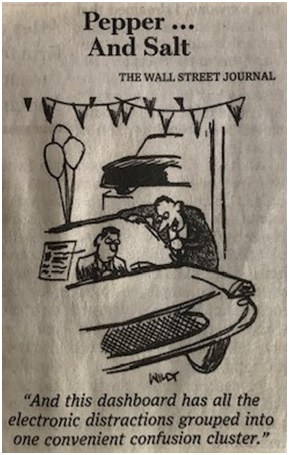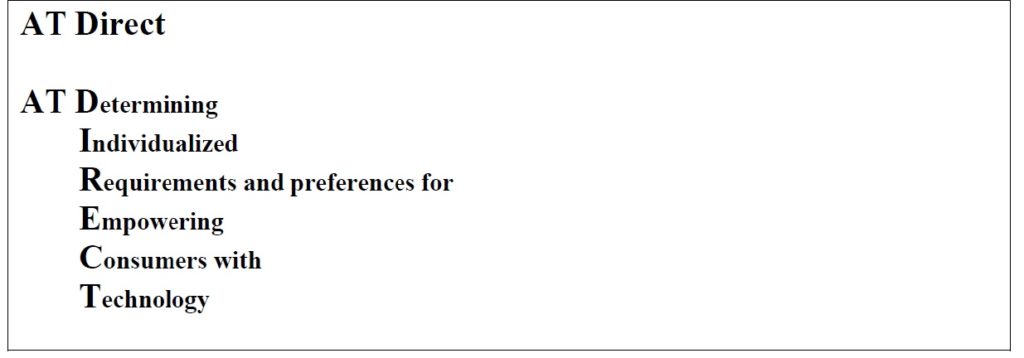It is time for the biopsychosocialtech model by Marcia J. Scherer
The article can be accessed here (it is free to access): https://www.tandfonline.com/doi/full/10.1080/17483107.2020.1752319
The biopsychosocialtech model started for me with the book, Living in the State of Stuck (Scherer, 2005). The individuals in the book informed me of what they experience when technology becomes more and more sophisticated and does more things. Access to it may be more difficult as it may be less affordable, not widely available, and not supported by available environmental resources. Today we live in a technologically complex world for many products and systems. For example, the dashboard on a new car can be a cognitive challenge for many drivers.

We have always known that the more complex a technology is, the more costly it is, the more it is apt to break down, and the more expensive repairs and maintenance can be. Sophisticated technology can present economic and cognitive barriers to use. That means many people cannot afford the AT they need nor be able to use it on their own.
For example, Theresa’s life story is told in Living in the State of Stuck. Born with Down’s Syndrome, she was a very capable personal assistant for her friend Maggie, who was severely physically impacted by cerebral palsy at birth. Theresa and Maggie made a good team and provided great care for one another. Theresa would drive Maggie in their own fully adapted 2003 van, one that Theresa drives to this day. Even though she would like a newer model, she does not want one with today’s controls. Again, “all the electronic distractions grouped into one convenient confusion cluster.” Today, she primarily uses public and hired transportation.
Theresa is not a technophobe nor technologically unsophisticated. She is in fact quite knowledgeable about many devices and is active with social media. But in the context of aging and often not feeling well, she doesn’t want to be overburdened with it either.

Successful individualized, customized, AT solutions are best derived within the context of a biopsychosocialtech framework. The biological part is comprised of meeting functional and physiological needs, the psychological part addresses the willingness, not readiness, but willingness to deal with the complexities of technologies and technology systems, the social aspect is identifying supports and resources, and the technology aspect is an AT that does not interfere with the human touch. This is AT DIRECT, an empowering approach to service delivery.
References
Scherer, M.J. (2020) It is time for the biopsychosocialtech model, Disability and Rehabilitation: Assistive Technology, 15:4, 363-364, DOI: 10.1080/17483107.2020.1752319. Available at https://www.tandfonline.com/doi/full/10.1080/17483107.2020.1752319
Scherer, M. J. (2005). Living in the State of Stuck: How Assistive Technology Impacts the Lives of People with Disabilities, Fourth Edition. Cambridge, MA: Brookline Books. ISBN-13: 978-1571290984
